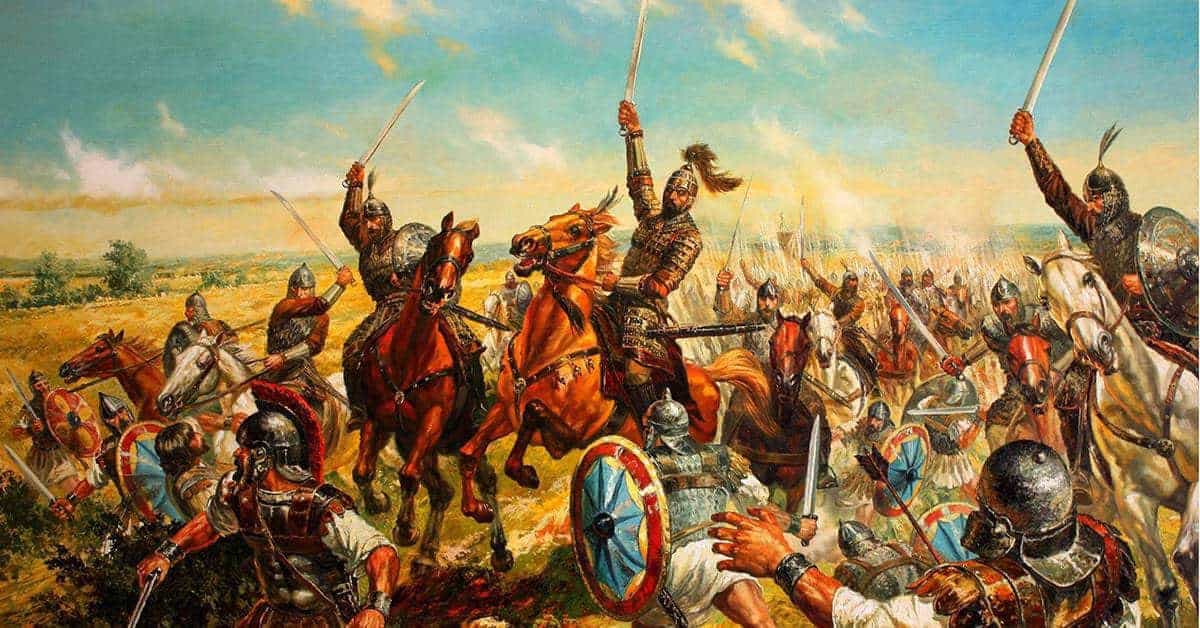When it comes to the vast history of the Byzantine Empire, there are dozens of well-known battles that had a significant impact, not only on the empire but world history. The battles of Yarmouk, Pliska, and Manzikert are relatively well-known, but there are scores of other fights that played a major role in Byzantium’s history that are often overlooked. In this article, I try to right that wrong by looking at ten battles that caused sea changes in the Byzantine Empire.
1 – Battle of Heliopolis (640)
Although the Byzantines all but destroyed the Sassanids at the Battle of Nineveh in 627, it came at the end of a quarter-century war that depleted its resources. It was also a case of extremely bad timing because a new threat emerged on the horizon at that time. Islam had unified the Arabian Peninsula by the death of Muhammad in 632, and it didn’t take long to take what remained of the Sassanid Empire. Once the Arabs conquered Syria by 638, the next step was an invasion of Egypt.
The Byzantine Emperor Heraclius was stunned by the speed with which the Arabs invaded Africa. His generals had told him that the Arabs would take decades to digest Persia before considering another invasion. However, the Arabs effectively held all former Sassanid territory by 638 and the following year, an army of 4,000 under the command of Amr ibn al-A’as, invaded the Diocese of Egypt, after receiving permission from Caliph Umar. Despite the relatively small size of the army, the brilliance of the Arab commander meant the invading force caused havoc.

Further troops were sent to reinforce Amr so by the time they faced a 20,000 strong Byzantine army under the command of Theodore at Heliopolis in 640; the Arabs had a formidable force of 15,000 men. Rather than adopting a Fabian strategy of harassment and containment, Theodore decided to meet the enemy in open battle. It was a catastrophic move as an Arab detachment ambushed the Byzantines during the fight and caused Theodore’s army to panic. Total losses are unknown on both sides, but it’s probable that the Byzantines lost most of their army.
Theodore fled the battlefield with the remnants of his army, but the damage was done; the victory at Heliopolis removed the last major standing Byzantine force that stood between the Arabs and the heart of Egypt. The native population heard that life under the Arabs was better than under the Romans in terms of taxation and general rule. Therefore, a significant portion of Coptic Christians sided with the invaders. Alexandria surrendered in November 641, and the Byzantines lost a huge source of food and money forever.

